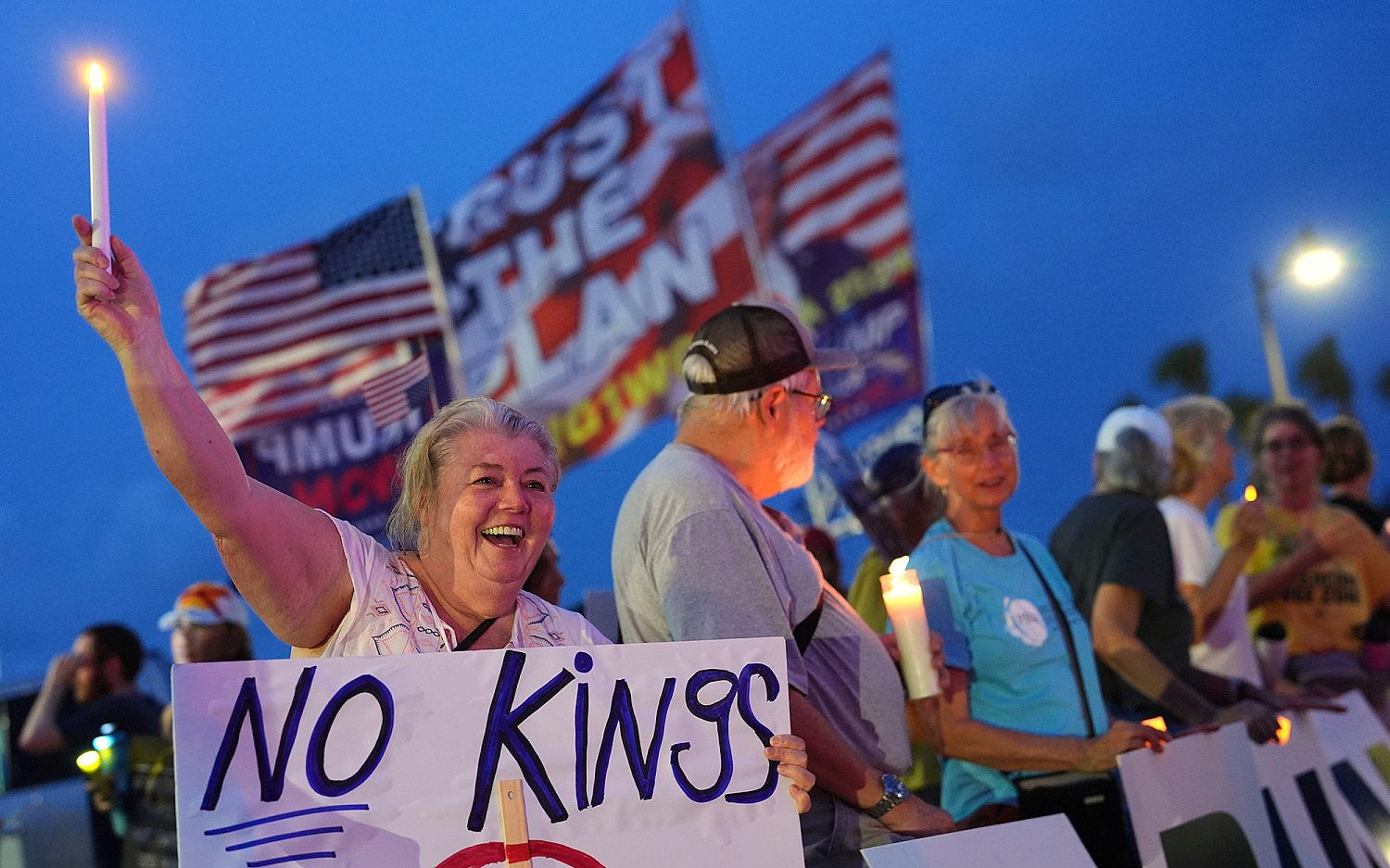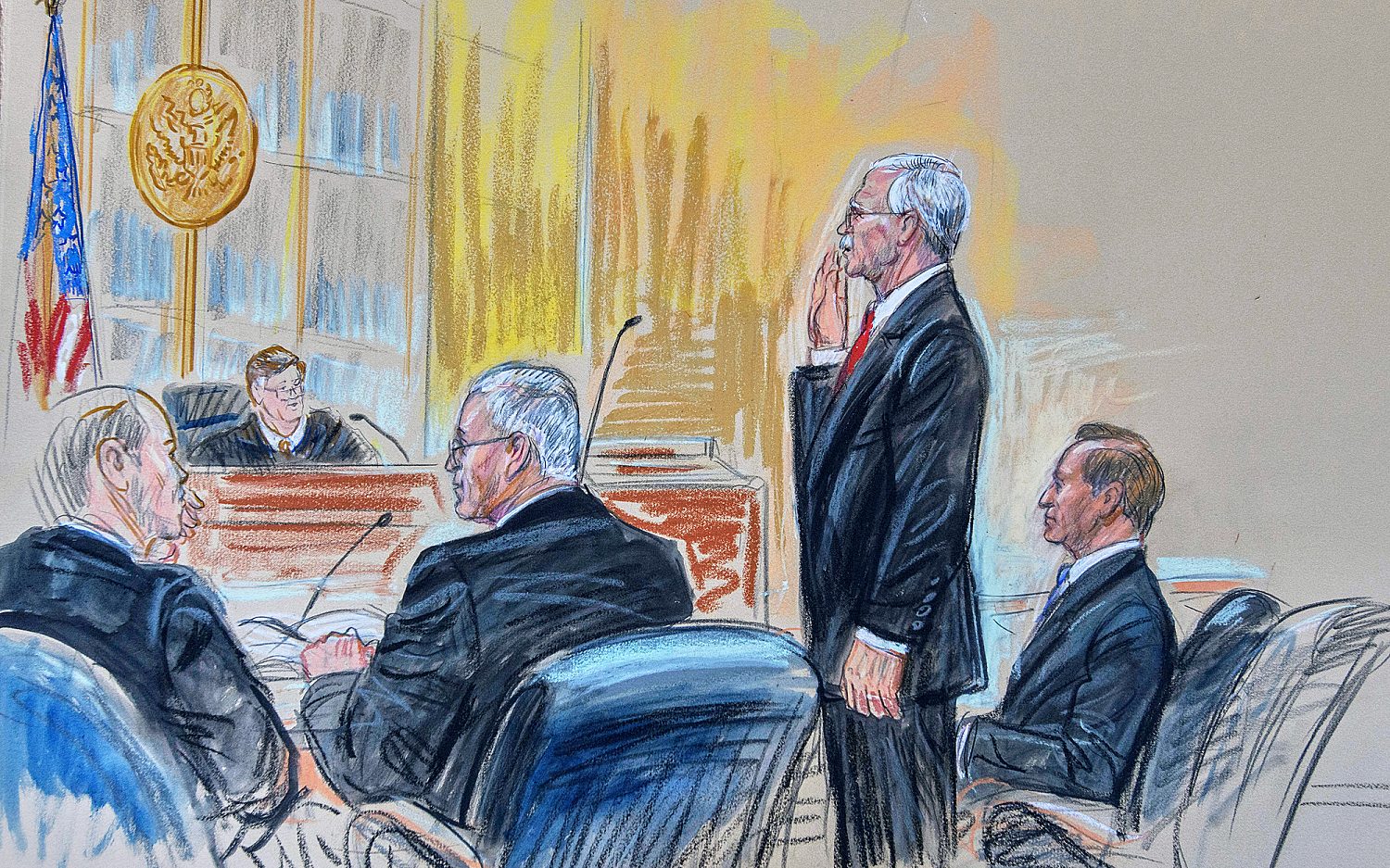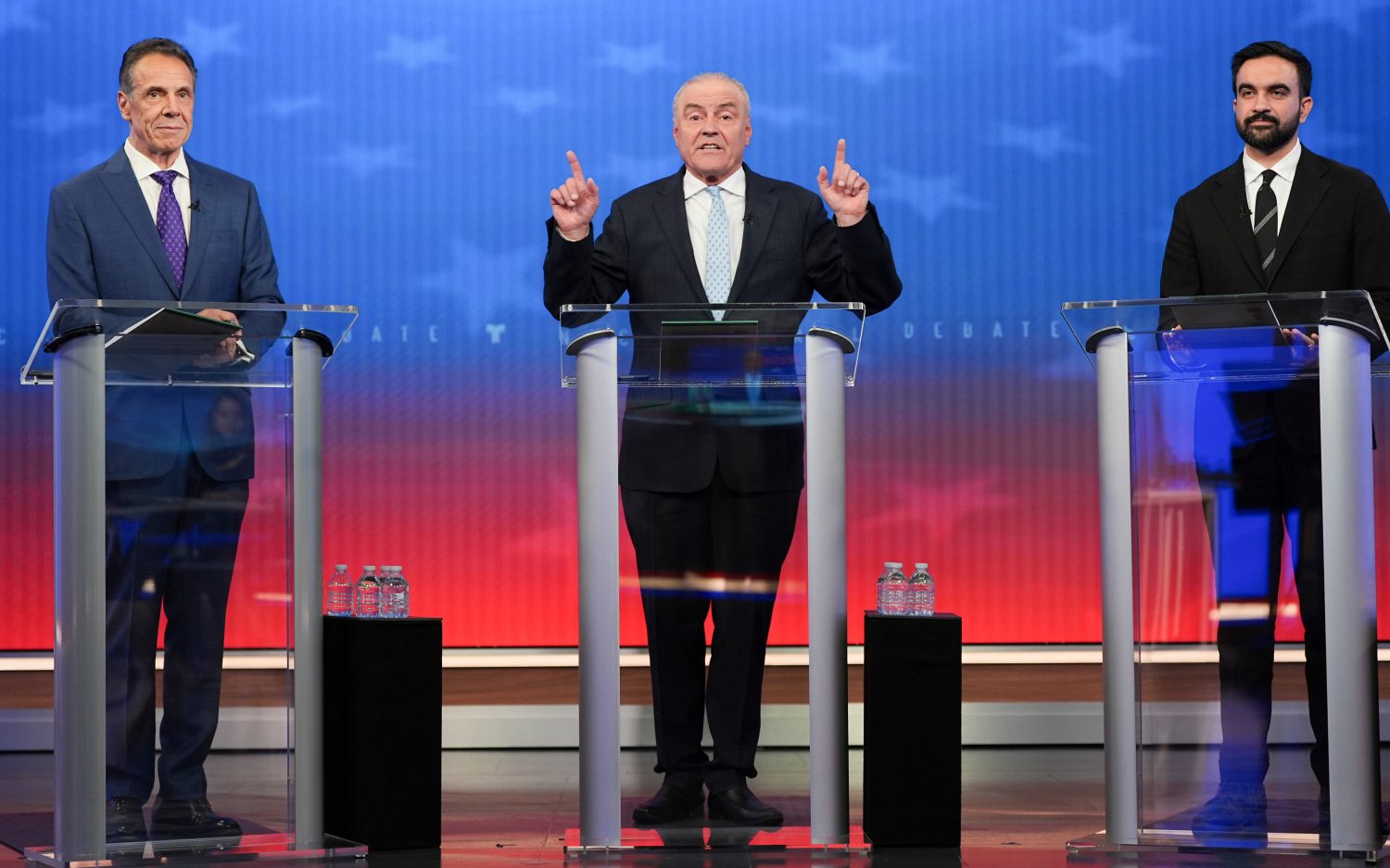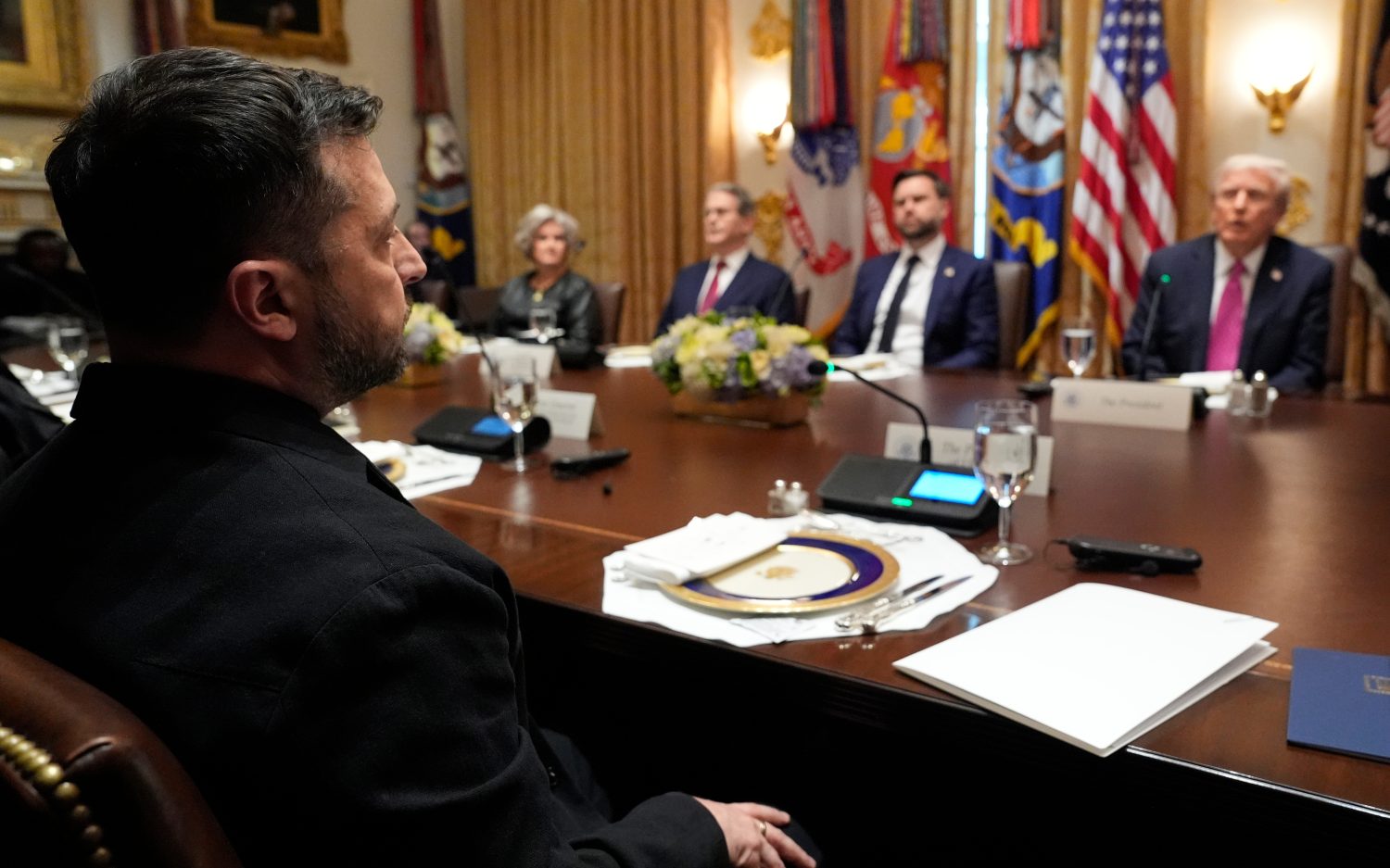Two cultures, one church
Editor’s note: So often when churches are in the news it is because of something controversial—such as a scandal or a fight over doctrinal issues. That is not what our “Church Life” series on The World and Everything in It is about. Instead, we focus on positive things that happen in and through local churches. This series is less about theological emphasis or worship style than about local churches trying to engage their communities and faithfully carry out their ministries.
On Sunday mornings, Pastor Rusty Price preaches at 10 a.m. at Church of the Way, “The Way” for short. The Way is a multi-cultural, multi-ethnic church in Concord, N.C., just outside Charlotte. In Spanish, it’s named El Camino. Same meaning, different language.
“The verse of scripture that has really resounded our hearts is ‘thy kingdom come,’ knowing that, in heaven, it’s going to be every tribe, tongue, nation praising God together. And that’s kind of been our pursuit,” Price said.
Price has been involved in mission work to the Hispanic community for 20 years, both internationally and domestically. He’s worked in Cuba and Guatemala, and he started a Spanish ministry and church in Charlotte, where construction growth and other business opportunities have attracted an expanding and thriving Hispanic community.
Price’s father, Bradley Price, founded Kingsway Baptist Church and was pastor there for 15 years. When he retired, he asked his son to leave his work at Camino and become head pastor at Kingsway.
Price took the call, but instead of leaving Camino, he tried to pastor both churches. They had different systems, different visions, different leadership teams, and different accounting systems. And it didn’t work.
“It was like trying to ride two horses at one time,” Price said. So he gathered his leadership teams together and asked the question: What would it really look like to become one church?
“We wrote down on a white board: Being one means what? One vision, one structure, one by-laws, one set of systems, one staff. So we drew this chart about, where is the gap? And we saw this amazing gap and we said, well we think God wants us to close that gap,” Price said.
That was about 18 months ago. Since then, they’ve renamed the church from Kings Way to The Way. They adopted the logo of the Spanish church and moved the Spanish service to the main campus.
Tito Ramirez leads worship in both services. He says, surprisingly, that instead of being deterred by the longer drive, attendance at the Spanish service has grown.
“Camino is a very different church from most Latino churches,” Ramirez said. “We have an American pastor who speaks Spanish and understands the culture.”
Price and his leadership team have integrated different cultures and languages within the church. They’ve hosted holiday festivals, combined services, and mixed volunteer meetings. In between the two services, the Spanish and English speaking congregations meet and greet.
“There are more hugs between 11:30 a.m. and 12 p.m. in this place than anywhere in North Carolina,” Price said. “I think a lot of people say the same thing: 11:30 a.m. to 12 p.m. is the funnest time on campus when the two are changing, changing of the guard.”
Even though two cultures are integrating, the two services purposely reflect and respect their differences, such as in the children’s ministry. In the Spanish service, most parents do not put their babies in the nursery or their toddlers in preschool. They sit together as a family, and make a lot of noise. In Spanish church, the stage looks different and the music is louder.
Even though the multiple cultures are now celebrated, the integration didn’t happen without some resistance. Both the English congregation and the Spanish congregation had concerns about merging. But over the past year and a half, those concerns have been largely overcome. Wendy Pascual heads up the Camino Community Center, a Spanish outreach in Charlotte that includes a health clinic, food pantry, and community building. She said even though the language barrier has been a challenge, both cultures have much to gain.
“More of the English want to learn Spanish, but more of the people on the Spanish side feel it’s the time now to learn English. It’s pushing us out of our comfort zone,” Pascual said.
And since the two congregations have combined onto one campus, the Spanish and English communities have found ways to serve each other. During the English service, Spanish speaking members help in the nursery, children’s ministry and café, and vice versa.
When Price first started thinking about making the two churches one, he looked around for models he could follow. He couldn’t find any. So he and his staff have prayed and trudged and failed and succeeded along this journey. What he’s learned is that any church looking to do the same needs to ask one big question: “Are you willing to have full engagement with both cultures? And it doesn’t matter if you’re a Spanish group or an English group. We hold dearly to our identity, our cultural identity. … Are we willing to let go of that identity and just identify with Christ and his body?”
Listen to Christina Darnell’s report on El Camino church on The World and Everything in It:
An actual newsletter worth subscribing to instead of just a collection of links. —Adam
Sign up to receive The Sift email newsletter each weekday morning for the latest headlines from WORLD’s breaking news team.




Please wait while we load the latest comments...
Comments
Please register, subscribe, or log in to comment on this article.